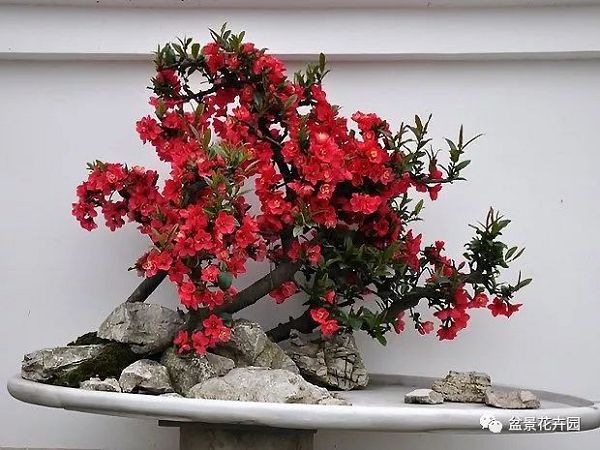Daily management of dormant flowers in winter
In winter, some flowers often have a dormant or semi-dormant process. At this time, the moisture of plants decreased, the storage substances increased, the metabolism weakened, and the exchange of substances with the outside world was slow. In view of these characteristics, there are some differences in the same growing period, so the following points should be done well:
First, pay attention to room temperature: flowers during dormancy period to avoid too high room temperature, otherwise affect the normal dormancy of plants, resulting in excessive consumption of nutrients, affecting the next year's growth and flowering, serious will lead to death. Common flowers such as white orchids, rhododendrons, sweet-scented osmanthus, oranges, etc., can survive the winter at room temperature above 5 ℃, 8-12 ℃ is the best; Michelia mollissima, Milan, Riley, Fusang, etc., the room temperature should be 10-15 ℃; welcome spring, oleander, rose, figs, pomegranates, cypresses, etc., it is more unsuitable for high temperature, and the room temperature is not less than 0 ℃ can safely survive the winter.
Second, control water and fertilizer: flowers that enter the dormant period should strictly control the supply of water and fertilizer. Excessive watering can easily cause root rot and leaves yellowing and falling off. Therefore, in addition to varieties that grow and bloom in winter and spring, such as melon leaf chrysanthemum, cyclamen, calla lily, inverted golden bell, arrow lotus, etc., all dormant flowers should be watered, such as Michelia, Riley, etc., especially varieties that are shade-tolerant or fleshy roots, such as evergreen, tortoise-backed bamboo, iron trees, orchids and other potted soil should be slightly drier than in summer and autumn, while other flowers such as cacti should be watered more moderately. As long as the soil is not dry. In addition, dormant flowers should pay attention to little or no fertilization, so as not to promote new shoots in advance, affect next year's flowering or suffer frost injury.
Third, shaping and pruning: when some flowers dormant in winter will germinate in early spring, they can be combined with shaping to cut off overgrown branches, thin and weak branches, branches of diseases and insect pests and branches that are too dense, so as to facilitate ventilation and light, concentrate nutrients, and breed more and fuller flower buds. Some varieties, such as Riley, can leave the branches 20-25 cm and cut off the rest; for too old branches, they can be cut off from the base to stimulate it to produce robust new branches. Generally speaking, rhododendron and camellia do not need to be pruned, only some of the branches that are too dense and too long can be cut off appropriately. Fourth, prevent pollution: potted flowers are placed indoors for too long, and the leaves often accumulate a lot of smoke and dust, which is easy to pollute the leaves. At the initial stage, dark brown mildew spots will appear on the flowers and leaves, and a black soot-like fog layer will be formed over a long period of time, affecting plant photosynthesis and causing flowers to grow slowly and cause diseases. Therefore, in growing flowers indoors, especially in rooms heated by coal fires, attention should be paid to preventing smoke pollution, and foliar floating dust should be washed with water close to room temperature.
Related
- What if the leaves of potted flowers turn yellow?
- Florescence Control of several Flowers
- Anti-freezing technology and post-freezing nursing technology of flowers
- What is the classification of flowers? What are the common methods of flower classification?
- Prevention and control of alkali and acid damage of flowers in courtyard
- Technology of Anti-freezing and restoring growth of Flower seedlings in greenhouse and greenhouse
- How does flower fertilization not hurt the root? Fertilization technology of flowers
- Key points of disinfection in flower greenhouse
- Several pesticides that are banned or used cautiously in flowers
- How to fertilize the flowers that watch the leaves?



